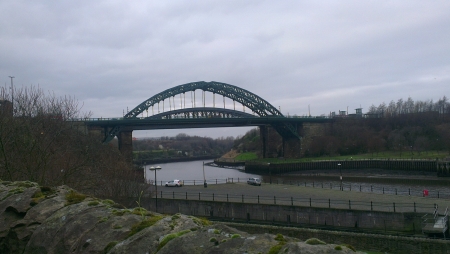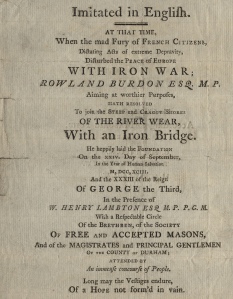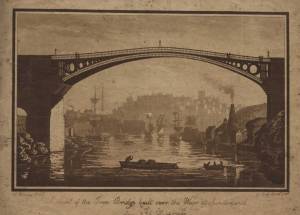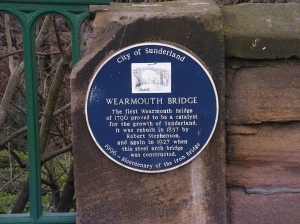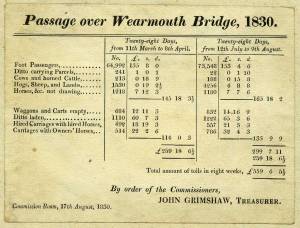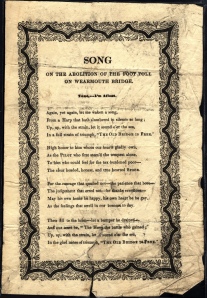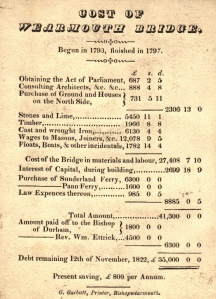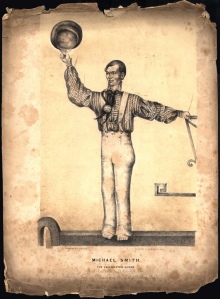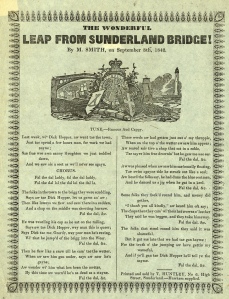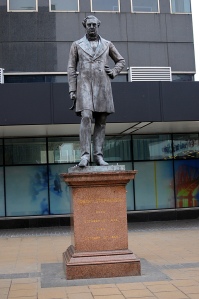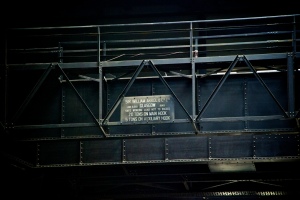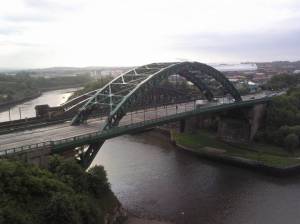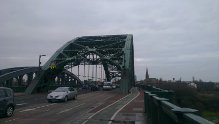
The Monkwearmouth Station Museum which opened in 1973 is a grade 2 listed 1840s Victorian station building. It gives the ability for visitors to be transported back to the mid 1800s and see how a Victorian age train station operated. The Museum is family friendly with activities for all ages.
The Museum houses seven interactive galleries, including an award winning children’s interactive gallery. There are also a wide range of activities for children during school holidays.

Image courtesy of Keith Seabridge.
The station was designed by Thomas Moore of Sunderland and commissioned by the famous railway entrepreneur George Hudson. It opened in 1848 as the main station in Sunderland for trains from Gateshead and Newcastle.

- The Station closed in 1967 as a result of the Beeching Axe which was carried out in order to the reduce the number of routes, help with restructuring of the Railways in Great Britain and to prevent losses. due to the rise of road transport. Beeching’s name is to this day still associated with the mass closure of railways. More information can be found in the two reports that were written by Dr Richard Beeching and were published by the British Railway Boards these are: The Reshaping of British Railways (1963) and The Development of the Major Railway Trunk Routes (1965).

The BBC produced a TV comedy series entitled “Oh, Doctor Beeching!” which ran from 1995 until 1997. It was set in a small fictional railway station threatened with closure under the Beeching Axe. Below is the first episode of the series.

The stations magnificent portico leads into a grand entrance hall and well preserved booking office, both of which display many of the original features from the station such as the ticket booths, fireplaces and shuttered windows.

The Museum features many personal stories from those who remember an age when Monkwearmouth was the main station for the city and when the building was alive with the hustle and bustle of people passing through. The building has been brought back to life through its displays and its £1million renovated interior. It is a very important feature of the city which displays the railway heritage of Sunderland.

The Wagon Shed
The Wagon Shed which is to the side of the museum and holds two railway wagons, which originate from the early 20th century and which have been carefully restored to their original appearance.
One is a an orange Covered Carriage Truck built at Darlington in 1939 and the earliest surviving example of its kind. This wagon was used to transport cars, and now houses a gleaming 1963 Rover P4 car, on loan from the National Motor Museum Beaulieu (which can be seen in the image below). The other wagon is a 10-ton Goods Brake Van built at Shildon Wagon Works, County Durham in 1916.
The Wagon Shed features interactive displays for all ages and has films of what life was like when these important vehicles were in use and of the modern day uses of the railway on which the station sits.

The Journeys Gallery
The Journeys Gallery explores every aspect of journeys and why people make them. It also features some of the items people to keep entertained, right up to the modern day. The gallery features a wide variety of themes including ‘A Trip to London’, ‘War Time Journeys’ and ‘Food on the Move’, as well as rare film footage of Sunderland in the early 1900s.

The Children’s Gallery
Children can go to the museum and have fun in the specially designed Children’s Gallery. They experience how it feels to be at the control of a train. They can also play dress up and become a fireman, a policeman or even a paramedic. The gallery also features lots of toys and books relating to different transportation systems so they can play and learn and let their imagination run wild at the same time.

Booking Office
Monkwearmouth Station is brought to life in the original 1860s booking office. Meet David Thompson Hide the station master and learn more about his life in the Station and his home in the rooms above.

Monkwearmouth Shop
The museum shop sells a wide range of transport themed books, toys and stationery.
Platform Gallery
Watch modern day Metro trains pass by the station platform and learn more about the types of trains which used to run through every day. Or take a break and let off some steam and visit the eatery where you can relax whilst watching the trains go by.

Monkwearmouth Station Museum is managed by Tyne & Wear Archives & Museums on behalf of Sunderland City Council.
Thomas The Tank Engine. Image courtesy of Niall Ritchie.
Of course no train station exhibit would be complete without the most famous train “Thomas The Tank Engine”. All be it a coin operated children’s ride.

A new exhibit of WW1 posters is due to open 15 March, 2014 – 2 November, 2014.






















